GoldenEye Ransomware Data Recovery

I think there's an issue with my storage device, but I'm not sure
Start a free evaluationGoldenEye is a type of malware that encrypts files on an infected computer, making them impossible to open unless you pay a ransom. Attackers typically spread this ransomware through email attachments or malicious websites. Once GoldenEye is installed on a computer, it will scan the hard drive for certain types of files, including documents, spreadsheets, and photos. GoldenEye will then encrypt these files using a strong encryption algorithm, making them inaccessible to the victim. To decrypt the files, the victim must pay a ransom to the attackers. GoldenEye Ransomware is a serious threat to any computer user as it can result in the loss of important data.
History
The GoldenEye Ransomware was first discovered by security researchers in December 2016. We believe the GoldenEye Ransomware to be a variant of the Petya Ransomware, which was first seen in early 2016. GoldenEye shares many of the same features as Petya, including the use of the AES-256 encryption algorithm and the ability to spread via email attachments and malicious websites. However, GoldenEye Ransomware uses a slightly different encryption method, which makes it more difficult to decrypt the files without paying the ransom.
Ransom note
Once GoldenEye has encrypted the files on an infected computer, it will display a ransom note, which instructs the victim on how to pay the ransom. GoldenEye demands that the victim pay a ransom of 1 Bitcoin. The GoldenEye Ransomware provides instructions on how to purchase Bitcoin and then send the payment to a specific Bitcoin address. It is important to note that victims should never pay the ransom as there is no guarantee that their files will be decrypted. Furthermore, paying the ransom only encourages the attackers and funds future attacks.
Prevention
There are a few things that computer users can do to prevent GoldenEye Ransomware and other types of malware from infecting their computers. First, it is important to install an antivirus program and keep it up-to-date. Antivirus programs can detect and remove GoldenEye Ransomware before it has a chance to encrypt any files. Second, computer users should be cautious when opening email attachments or clicking on links in emails. It is important to only open attachments from trusted sources. Finally, computer users should avoid visiting websites that are known to be malicious.
What should you do?
If attackers have infected you with this malware, it is important to not panic. This ransomware is a serious threat, but there are steps that you can take to protect your computer and your data. First, you should immediately disconnect your computer from the internet to prevent GoldenEye from encrypting any more files. Next, you should run a virus scan using an up-to-date antivirus program. Finally, you should contact a professional GoldenEye Ransomware removal service. GoldenEye Ransomware is a complex piece of malware and it can be difficult to remove without the help of an expert.
Is there a public decryption tool?
At this time, there is no public decryption tool available for this ransomware. However, security researchers are working on developing a decryption tool. It is important to note that GoldenEye Ransomware is constantly evolving and the decryptor may not work on all variants of the malware.
Contact a data recovery service
If they have infected you with GoldenEye Ransomware, it is important to contact a data recovery service as soon as possible.SalvageData is a leading data recovery service with over 10 years of experience in GoldenEye Ransomware removal. Our team of experts can help you recover your lost files quickly and securely. Contact us today for a free consultation. We are ready to help you 24/7/365.
Related services
These are the most commonly requested data recovery services. At our headquarters' cleanroom lab, our certified engineers conduct a thorough review of any type of physical storage device, determining if there is logical or physical damage and carefully restoring all of the lost files.ces.
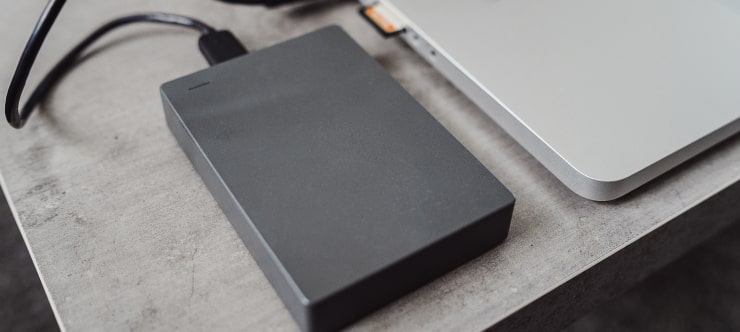
External Drive Data Recovery
We recover data from both external SSD and HDD drives. Rely on certified experts to restore your important files from damaged or corrupted external drives.
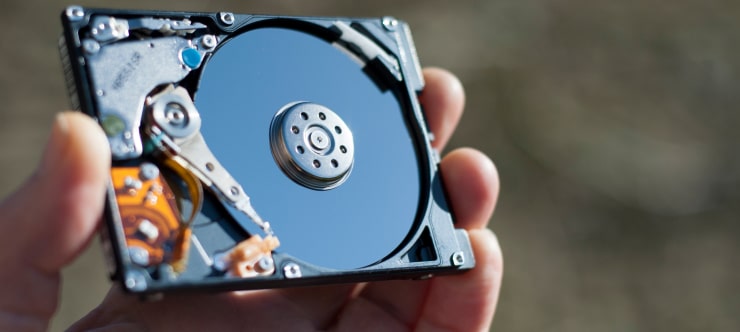
Hard Drive Data Recovery
Recover data from all brands of HDD, PC hard drives, and hybrid disks. Our specialists ensure fast and secure recovery for any data loss scenario.
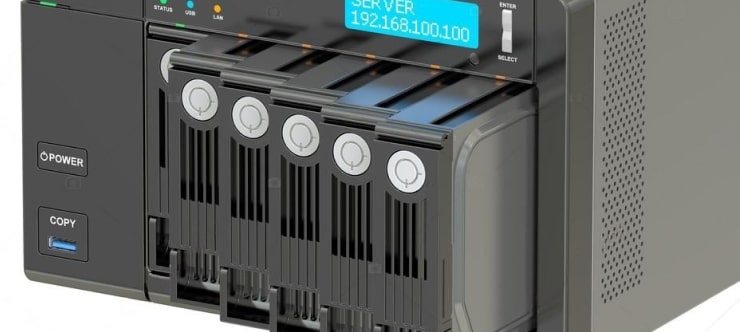
NAS Data Recovery
Recover data from NAS devices, including RAID configurations. Our team handles all types of NAS systems and ensures data recovery with minimal downtime.
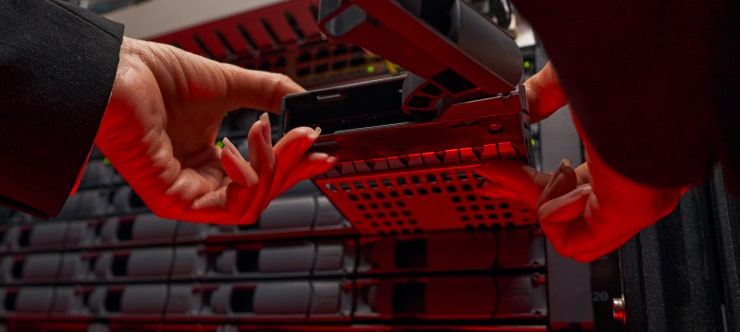
RAID Data Recovery
Our RAID data recovery services cover RAID 0, 1, 5, 10, and other configurations. We offer expert solutions for failed, degraded, or corrupted RAID arrays.
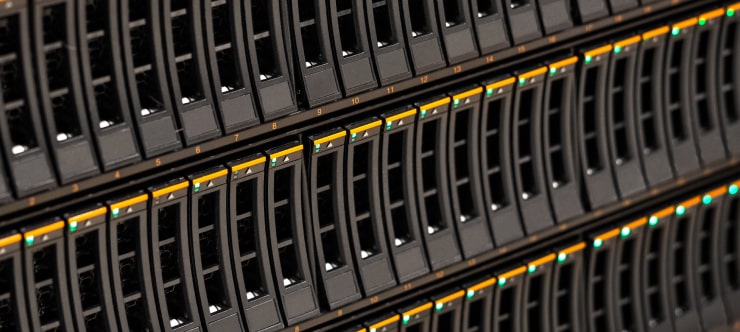
SAN Data Recovery
Our team specializes in handling SAN devices from leading manufacturers like Dell EMC, HP, and IBM, ensuring efficient recovery with minimal disruption to your operations.
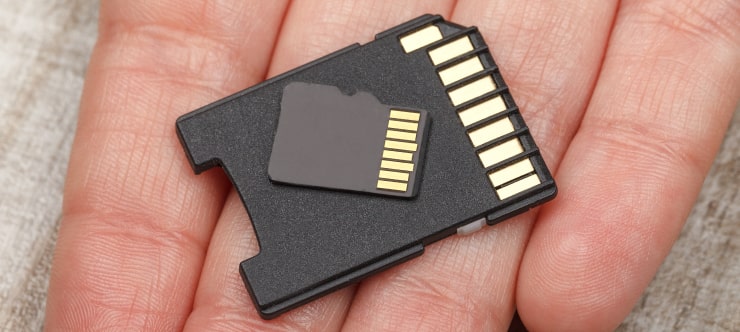
SD Card Data Recovery
Our recovery experts specialize in restoring data from SD and memory cards. We guarantee quick recovery with a no-data, no-charge policy.
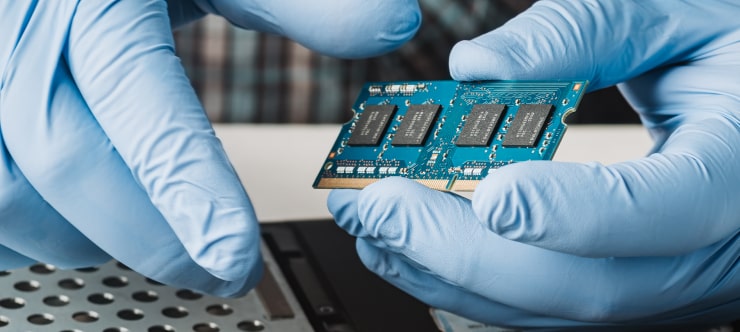
SSD Data Recovery
Our data recovery experts handle all SSD data loss scenarios with advanced tools, ensuring maximum recovery with high-security protocols.

USB Flash Drive Data Recovery
Recover lost data from USB flash drives, regardless of the damage or brand. We offer free in-lab evaluations to assess data recovery needs.
If you’re unsure about which data recovery service to choose, let our team assist you in selecting the appropriate solutions. We understand the anxiety that comes with a sudden drive failure, and we are more prompt in our actions compared to other recovery service providers.



